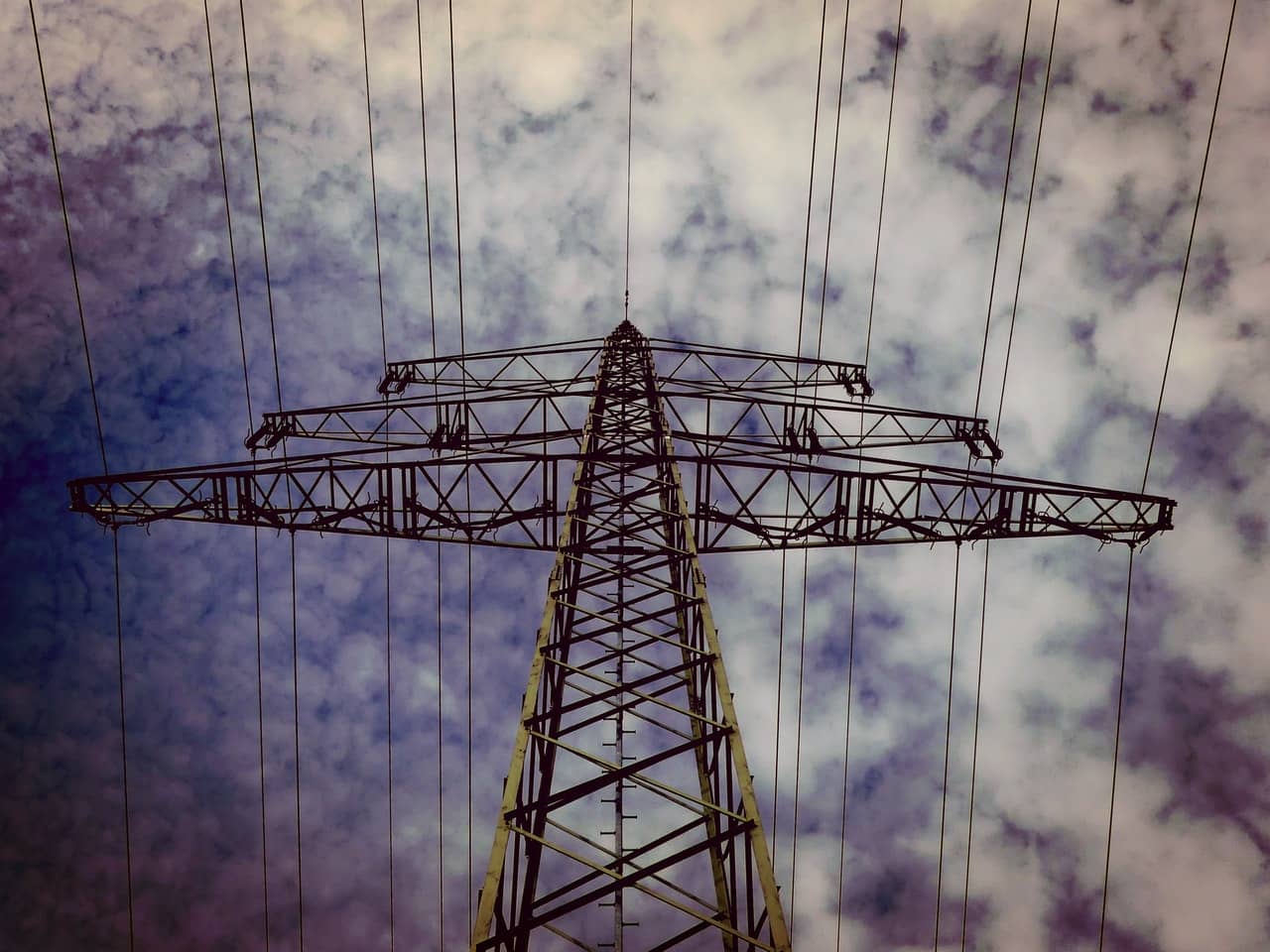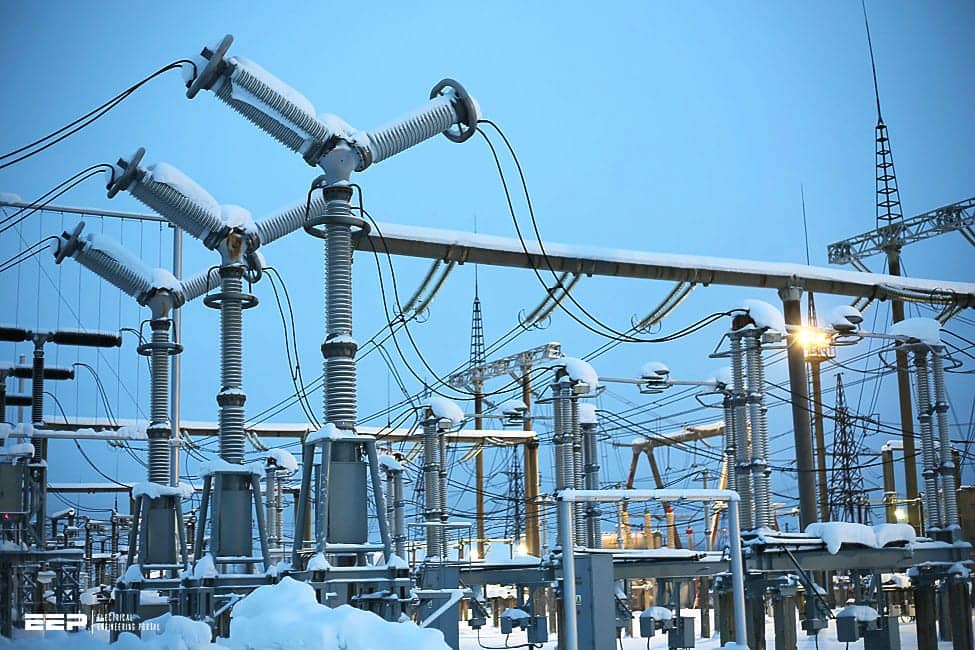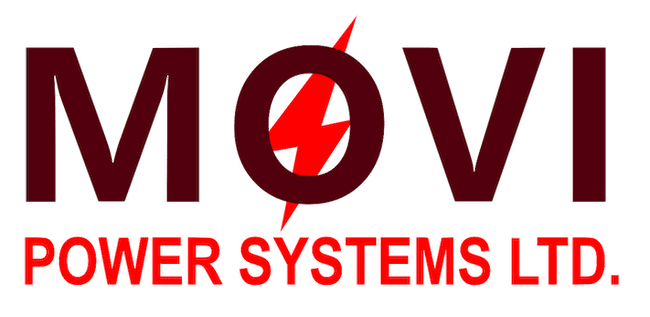
Electricity generation, transmission and distribution guides
Electrical Transmission & Distribution
Electrical energy, being a very convenient form of energy, has become fully pervasive in the modern world. As the distribution system is the link through which an individual consumer draws electrical energy from the power system, proper design of the distribution system becomes very important for reliability and maintenance of continuity of electric supply.
Detailed description of all aspects of design, construction and operation of a distribution system involves a number of steps that include planning, layout, load forecast and design, equipment, protection schemes, power quality, distribution system management and more recently distributed energy resources (DERs) at the local level.
Transmission & Distribution
- Design and supply of systems of medium and high voltage (up tp 36KV), along with associated control and metering systems
- Measurment transformers up to 550KVA
- Isolating switches up to 550KVA
- Steel construction and Bus-Bar system for high voltage switch yards
- Polygonal or circular galvanized steel poles
- Metal clad & metal enclosed cubicles up to 36kv
- Vacuum or SF6 insulated circuit breakers
- MV XLPE, LV PVC or XLPE Insulated power cables
- Oil immersed and dry type distribution transformers up to 30MVA
- Low voltage main distribution board and control panel
- DC systems
- Lighting fixtures
Our Solutions

Advanced Equipment and Components
Advanced equipment and components include technologies for improving and controlling power flows.
Improved Decision-Support Tools
This section examines improved decision-support technology (IDST), including those tools necessary for split
Distribution Transformers
Provides the final voltage transformation in the electric power distribution system
Basic of an Electrical Power Transmission System
Primary Transmission
When it is generated at a power station, electrical energy will typically be anywhere between 11kV and 33kV. Before it is sent to distribution centers via transmission lines, it is stepped up using a transformer to a voltage level that can be anywhere between 100kV and 700kV or more, depending on the distance that it needs to be transmitted; the longer the distance, the higher the voltage level.
Secondary Transmission
When electrical power reaches a receiving station, the voltage is stepped back down to a voltage typically between 33kV and 66kV. It is then sent to transmission lines emerging from this receiving station to electrical substations closer to “load centers” such as cities, villages, and urban areas. This process is known as secondary transmission.





